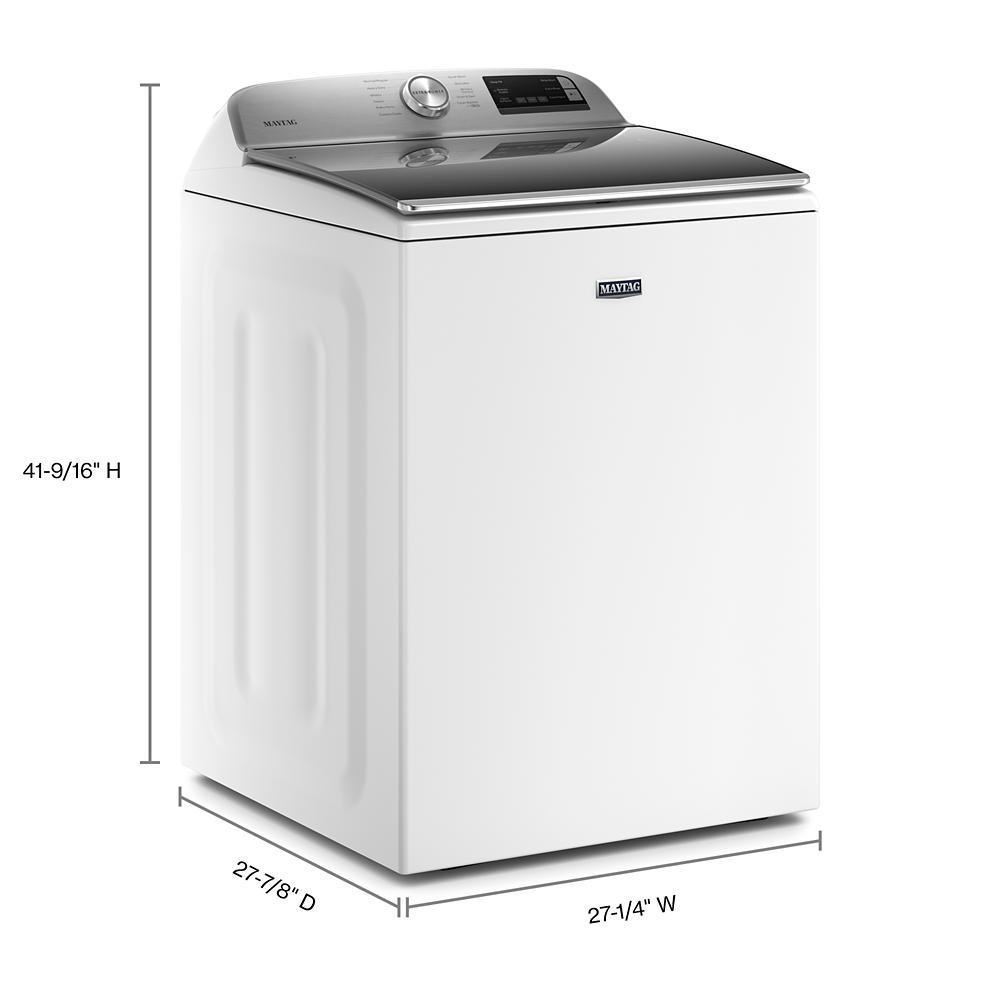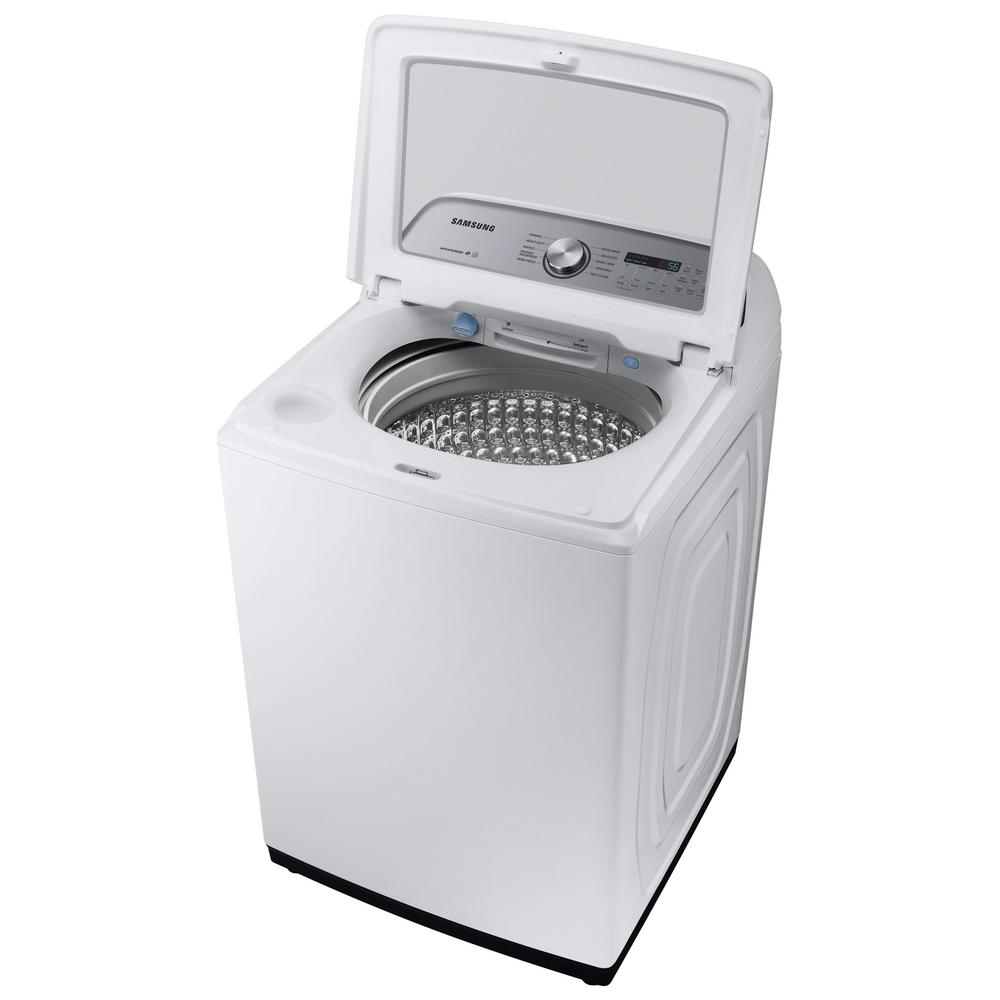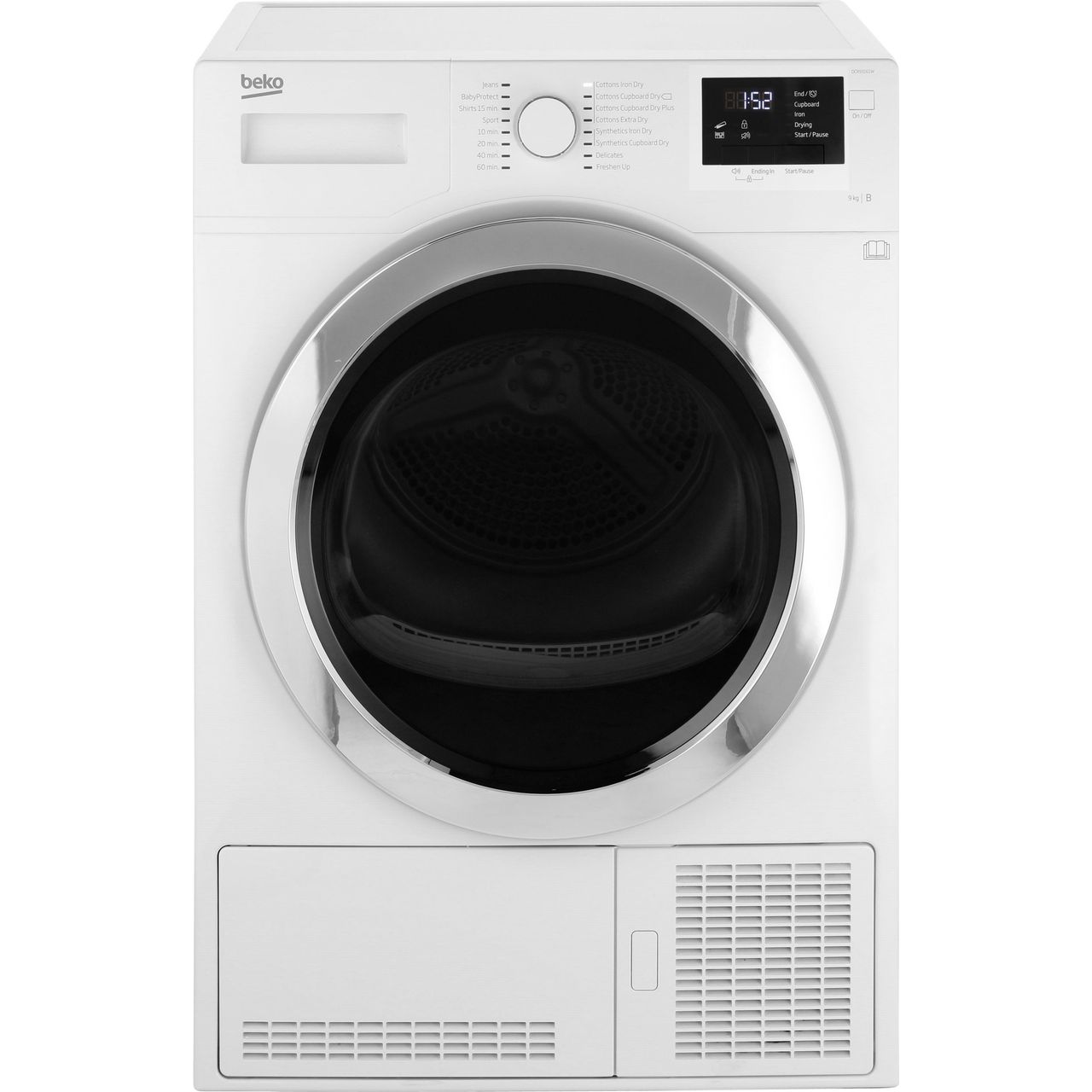GE 4.8 cu. ft. Smart Satin Nickel Front Load Washer with OdorBlock UltraFresh Vent System with Sanitize and Allergen
Microban Technology built-in to prevent bacteria growth. SmartDispense stores and automatically dispenses detergent. Wirelessly control your laundry from anywhere with a smart device.
GE appliances provide up-to-date technology and exceptional quality to simplify the way you live. With a timeless appearance, this family of appliances is ideal for your family. And, coming from one of the most trusted names in America, you know that this entire selection of appliances is as advanced as it is practical.
- UltraFresh Vent System With OdorBlock – The first and only UltraFresh Vent System with OdorBlock eliminates excess moisture to help prevent odors ensuring your washer stays fresh and clean
- Microban antimicrobial technology – Built into components including the gasket, dispenser and draining system delivering protection that lives on load after load
- SmartDispense Technology – Save time and make laundry effortless with an intelligent dispenser that holds up to 32 loads of detergent and automatically dispenses the right amount each time
- Built-in Wi-Fi – Start, stop and monitor your laundry from anywhere while receiving real-time notifications and updates
- Dynamic Balancing Technology (dBT) – Our patented, time saving technology senses and re-balances uneven loads during the spin cycle, providing a quiet wash
- Reversible Door – Easily reverse your washer and dryer door for superior installation flexibility
- PowerSteam – Safely penetrates deep into fabric fibers, loosening stains to deliver enhanced cleaning performance
- Quick Wash Cycle – Provides a fast 20 minute wash for lightly soiled items
- Sanitize and Allergen – Industry-first cycle sanitizes fabrics to kill 99% of common bacteria and allergens such as dust mites
- Time Saver-When you need to Get a full load of clothes clean in only 37 minutes
- Internal water heater – Increases wash temperature to reduce bacteria and provide better cleaning for the really tough stains
- Approximate Dimensions (in.) – 39-3/4 in. H x 28 in. W x 32 in. D
- Limited 1-year entire appliance warranty
- Energy Star
Additional information
| Capacity - Washer (cu. ft.) | 4.8 |
|---|---|
| Depth With Door Open 90 Degrees (In) | 54.5 |
| Door Opening Height (In.) | 15.25 |
| Door Opening Width (In.) | 22.5 |
| Product Depth x Height x Width (in.) | 32 x 39.75 x 28 |
| Certifications and Listings | ADA Compliant,Energy Star,UL Listed |
| Manufacturer Warranty | Limited 1-year entire appliance warranty |






by Lisa
Very nice washer and dryer.
by Rhonda
Can’t wait to use automatic feature (detergent fill up reservoir). This will cut down in waste. It also has feature to vent around door, no more stinky washer odor.
by Rita
Dose a fabulous job & love all the features with this washer.
by Steve
The GE Washer without a doubt is one of the best my clothes come out cleaner than ever before now the selections are easy to navigate my entire household loves it the color and design I absolutely love it all I can say is that if any consumer is looking for a beautiful washer to purchase the GE brand you will not regret it.
by Zoe
We bought this set due to the venting capabilities and for the smart technology, we are far from disappointed! The preloaded soap allows me to feel comfortable that no one was over using one of the most expensive components. 5 stars for sure!